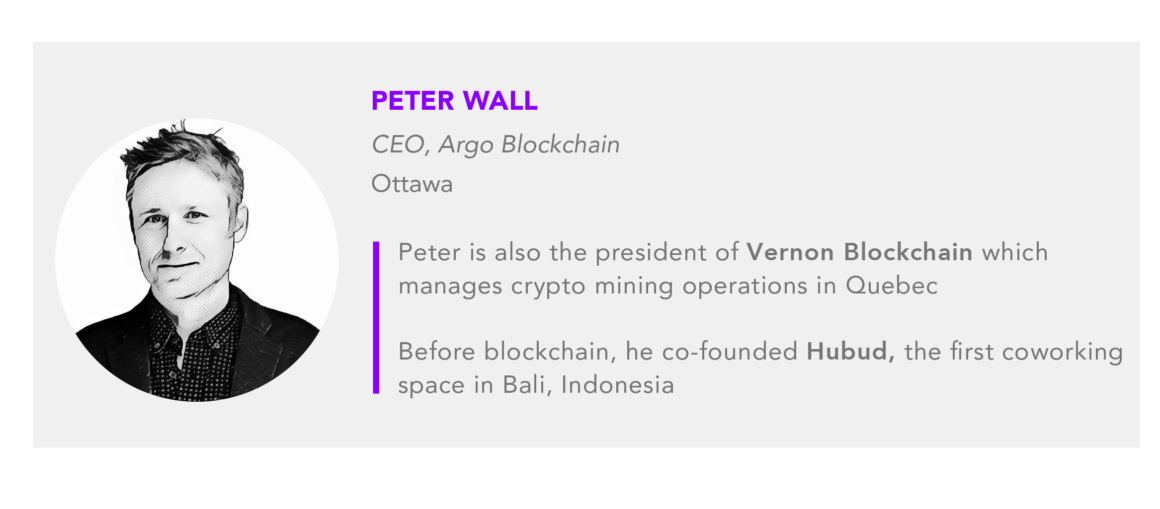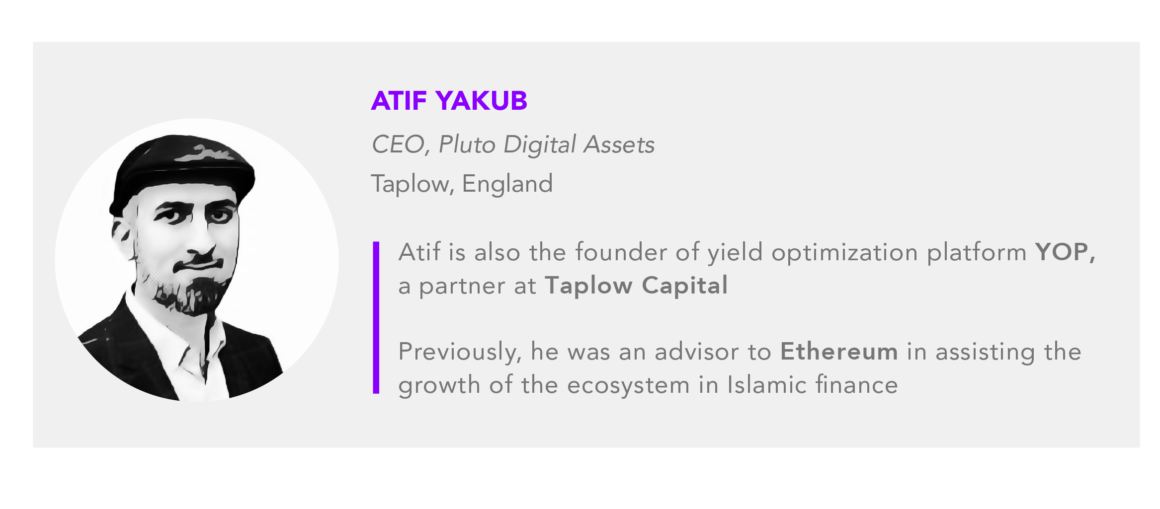The term “decentralization,” or rather, “décentralisation,” was first used by French aristocrat, Alexis de Tocqueville, in the mid-1800s to describe the French Revolution. Tocqueville sought freedom against a tyrannical monarchy; today, people seek freedom from the centralized entities controlling their financial lives.

“Decentralization” continues to exude the same revolutionary connotation it did long ago. The term most recently achieved mainstream notoriety when popularized accounts and communities, such as Reddit’s WallStreetBets, exposed Wall Street hedge funds for having centralized ownership on stock trading. Hedge funds and Wall Street were quick to shut down Robinhood, an app known for giving power back to the people. “In a decentralized trading market,” Galaxy Digital’s Mike Novogratz said, “no one would have that power.”

The need for an accessible, transparent, and secure system has become increasingly apparent, with centralized entities and banks continuing to fail communities seeking trustworthy financial freedom. Decentralized finance (DeFi) can offer improved transparency and more robust security while replacing many of the current outdated processes which can lead to a truly decentralized and democratized financial ecosystem.
Out with the old — why centralization doesn’t always work
Centralization in finance refers to a point of central control within banking institutions. It is a specialized financial service built in a way that all orders (whether buying or selling) are channeled through a central exchange. Centralized exchanges are often the first point of contact most people have with cryptocurrency, and it makes sense; users can trade in fiat currencies — like the U.S. dollar — for crypto under a regulated monetary authority.
Historically, centralization in finance has been thought to be more secure and stable than personal financial management. But accessing a trusted central authority results in large premiums, which create barriers to entry for people with lower incomes. More inhibitors in the traditional banking system include inefficiencies due to verification processes and middlemen, central points of failure with extremely high stakes and inaccessibility issues in lending, all of which are barriers of entry to the 1.7 billion unbanked adults worldwide.
Centralized finance additionally poses high levels of risk for users due to potential performance issues, market manipulation and data breaches. For example, last year saw one of the largest data breaches of U.S. cybersecurity in history when a group of hackers gained access to the network management company, SolarWinds, gaining access to personal and classified data from Microsoft and the U.S. government — among others.
Decentralization isn’t the future — it is now
Decentralized finance is an umbrella term encompassing the vision of a financial system that functions without any intermediaries, such as banks, insurances or other parties, and is operated just by the power of smart contracts. DeFi looks to bring the transparency and security of distributed financial technologies to traditional finance use cases, while reducing inefficiencies and solving pain points.
So where did this idea of decentralized finance come from? Ethereum, an open-source software platform based on blockchain technology, allows developers and other tech teams to build decentralized financial products on it. Apart from their obvious use case as money, cryptocurrencies like Ethereum, Bitcoin, and others can play a significant role in increasing global economic participation and protecting against government overreach.
DeFi is opening investment opportunities for large populations who had previously been excluded from investing in financial markets. With more participants in the space — whether it be financial players, blockchain protocols, wallets, miners or exchanges — there is an opportunity to make financial opportunities more accessible to the underserved and unbanked. For example, in places with poor governance and authoritarianism, users can divest to the DeFi system to protect their wealth. Additionally, decentralized finance removes costly intermediaries to make remittance services more affordable for the global population.
While DeFi may not yet be able to compete with centralized financial systems in terms of speed and usability, working applications are more secure, transparent, accessible and affordable than the systems we currently have. This type of structure provides wider access to financial services and anyone in the world can be a part of the blockchain regardless of wealth, location or status.
A new way to operate financial systems
2020 was a monumental year for DeFi and highlighted its revolutionary potential to reshape finance. By December, total value locked in decentralized finance applications exceeded $16 billion for the first time. As of April 2021, the total value locked (TVL) for DeFi now exceeds $40 billion. The growth shows the magnifying enthusiasm of traders to participate in this promising sector, who seek ways to grow their wealth on a global scale.
The core values of decentralization and key technologies found in DeFi applications have already attracted some of the world’s largest centralized institutions including TD Ameritrade, Arca and CMT Digital. With continued adoption by larger agencies and with increased access to networks, profit margins will increase, and the business will grow around the hub.
As we move forward through the year, we’ll continue to see a melding of the old and new worlds of finance and traditional institutions will further dip their toes into the digital asset space. When they work together, we can look toward a more equitable and seamless world economy.




